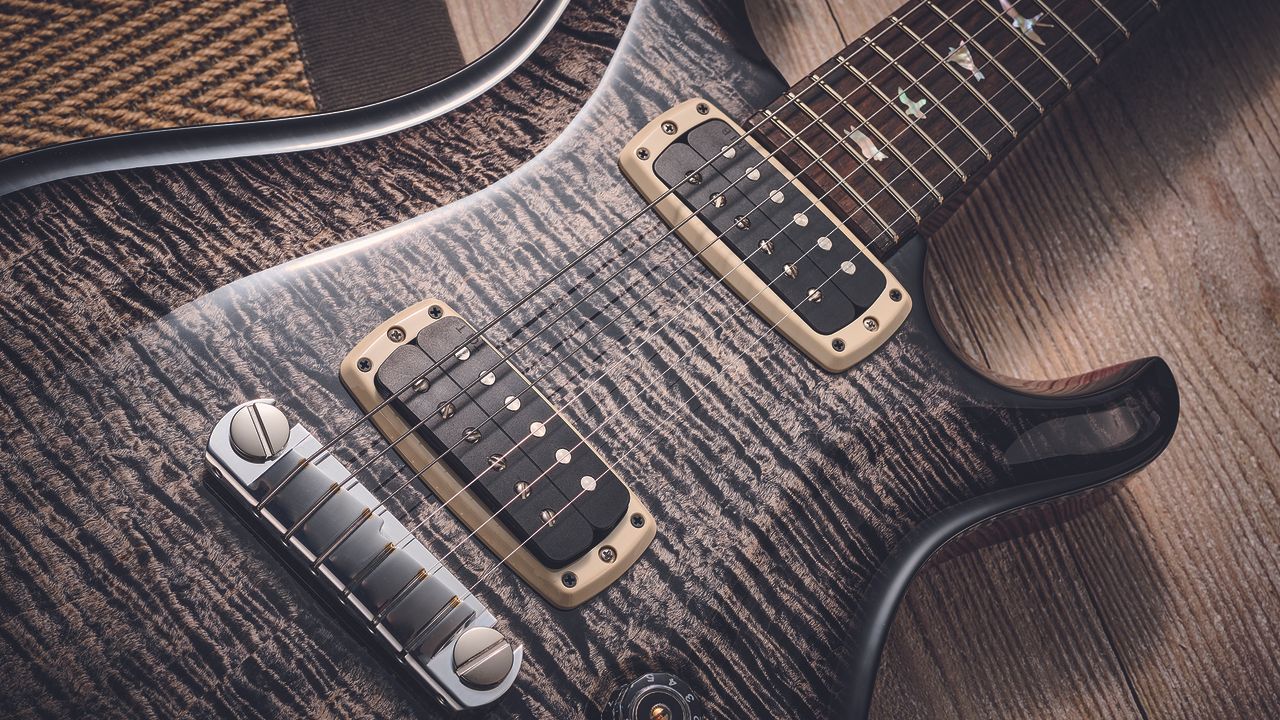
PRS electric guitars are widely praised for their form and function, boasting unparalleled build quality and surgical-level precision, as well as elegant aesthetics that are headed up by some truly eye-popping finishes.
Emerald Green, Charcoal, Sub Zero Smokeburst, Tiger Eye, Faded Whale Blue… these are just some of the colorways present across the Maryland brand’s catalog, but as Paul Reed Smith himself has recently revealed, not all were created by design.
Instead, many of these finishes – including the one found on Smith’s own favorite electric guitar – were happy accidents, discovered and developed from off-cut pieces of wood that would otherwise have been destined for the scrapheap.
“I don't think I've ever told you this story,” Smith says in the first episode of a new YouTube series that charts the PRS principles of guitar making. “Very early on, we were getting wood that had a green stain in it. That's where Emerald Green came from. We had some wood that had black stain in it. That's where Charcoal came from.”
The seemingly serendipitous nature of stumbling upon finishes is indicative of Smith’s design ethos, and the firm’s desire to adapt and make the most of the material available to them.
That’s no more apparent than in the Charcoal Phoenix – Smith’s current go-to guitar, which starred on stage alongside John Mayer, and which benefitted from a ‘less-than-ideal’ cut of wood.
“Of all things, I'm playing a Charcoal Phoenix guitar,” he continues. “That the wood was completely brown when we bought it, and the wood buyers didn't think we would be able to use it. I went, ‘Oh no, that's going to turn… the charcoal is going to turn into this ridiculous color.
“So a lot of these colors that you're talking about, some of them actually came from not wanting to throw the wood away.”
PRS’ finish discoveries came as a natural extension of its approach to treating its guitars. As Smith’s colleague, Body Team Manager Max Elcik, explains elsewhere in the video, the color of the natural wood itself dictates what finish it will receive.
“If you try put Carroll Blue on a darker piece of maple, it's not going to look blue anymore,” says Elcik. “You want to put it on something that's nice and bright and light. If you put something like a Black Gold on one of those darker pieces of woods, it's playing into its strengths a little more and really using the characteristics of the wood.”
During the video, Smith reaffirms his view on the importance of tonewood – something he has spoken about at length in the past, when he revealed he made guitars using a wood commonly used for fence posts in Guatemala.







